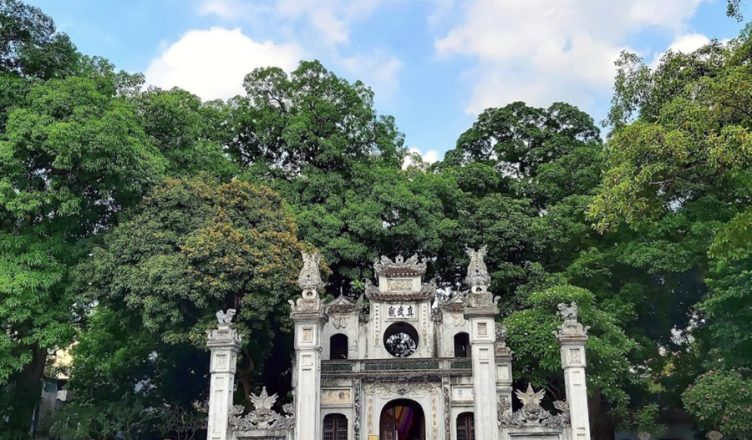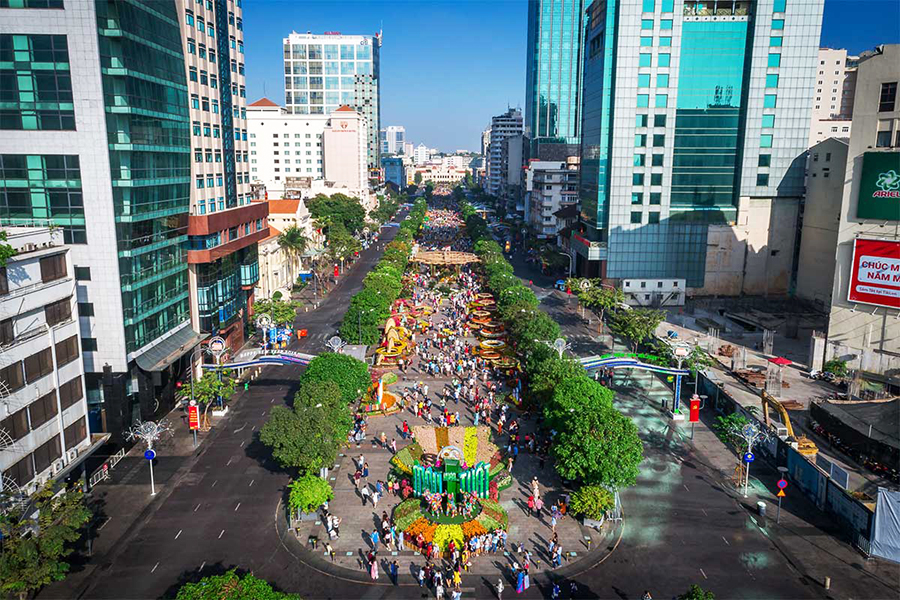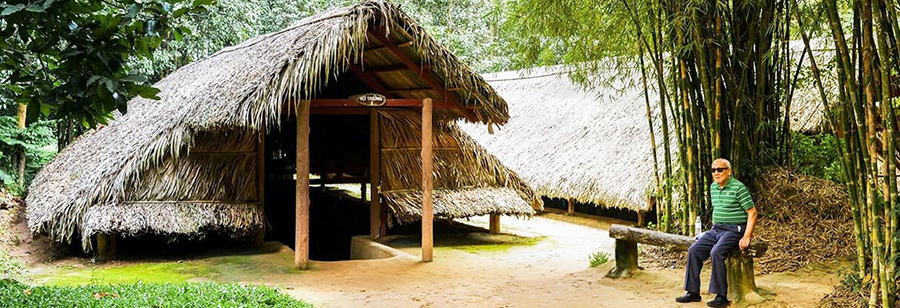Overview of Quan Thanh Temple
Quan Thanh Temple is one of the four revered temples guarding the four sides of Hanoi. Many historically valuable things have been preserved in this famous place. Located in the northern side of Hanoi, this ancient temple is a recommended tourist attraction for customers to explore all the hidden charms and beauties of Hanoi, especially right after Tet holiday in spring.
Where is Quan Thanh Temple?
Quan Thanh Temple is located at the corner of Thanh Nien Street overlooking West Lake. Along with Tran Quoc Pagoda, Van Nien Pagoda, Phu Tay Ho Temple, and many temples nearby, this historical temple has contributed significantly to creating a harmonious architectural complex that demonstrates precious cultural values.

- Location: 190 Quan Thanh Street, Ba Dinh District, Hanoi
- Opening hours:
- Every day: 8:00 AM – 5:00 PM
- Lunar New Year’s Eve: all day
- The 1st and 15th lunar days: 6:00 AM – 8:00 PM
- Quan Thanh Temple entry fee:
- For adults: 10,000 VND per ticket
- For students and children: 5,000 VND per ticket
- Quan Thanh Temple dress code: modest clothes that cover the shoulders and legs
History of Quan Thanh Temple in Hanoi
Quan Thanh Temple was built in 1010 during the Early Ly Dynasty and dedicated to Huyen Thien Tran Vu, a deity that is a mix of Vietnamese mythological figure An Duong Vuong and Chinese mythical figure Chan Vo Tinh Quan.
The temple worships Taoism and also Buddhism. It was renovated seven times from 1618 to 1941. In 1962, this Hanoi temple was first recognized as a national historical and cultural relic.

Architecture of Hanoi Quan Thanh Temple
In its early days, the temple’s design was strongly influenced by Buddhism. After many times of renovation, its architecture today has many highlights of the architectural style of the Nguyen Dynasty.

Coming through the gate, you will see four pillars with four Vietnamese phoenixes. At the top of each pillar is a Vietnamese unicorn. Around the four pillars are pairs of red couplets that make the temple gate more majestic.
In particular, the highlight inside the main hall is the black bronze statue of Huyen Thien Tran Vu with a height of 3.96 meters and a weight of 4 tons. With sophisticated carvings, the statue is considered a work of art that shows the masterful bronze casting technique of the artisans in the 17th century.

In addition to bronze casting, Quan Thanh Temple is famous for the beauty of wood carving. On the wooden parts of the temple, there are many carvings of sacred creatures in Vietnamese mythology, pine, bamboo, chrysanthemum, apricot, earthly and celestial activities.
Maybe you are interested in:
When is the best time to visit?
Quan Thanh Temple welcomes visitors all year round. On the first day of every lunar month, local people come to the temple to offer incense. This is also an attraction for high school students to learn about culture and history.
In particular, on every Lunar New Year’s Eve, in the cold weather, the locals flock to Quan Thanh Temple in eagerness to worship and pray for blessings.

How to get to the temple?
The route Lang – Lang Ha – Hoang Cau – Ton Duc Thang streets is the shortest route to the temple. From Ton Duc Thang Street, it only takes a few minutes to get to Quan Thanh Temple.
Regarding traveling by bus, the bus routes that pass by Quan Thanh Street that you can take are No. 50, 45, and 22A. From the bus stop at Quan Thanh Street, it only takes 5 or 10 minutes to walk to Quan Thanh Temple.
For travelers who want to visit Quan Thanh temple with private services, you can book a private tour from Vietnam Shore Excursions. Professional and knowledgeable tour guides will share profoundly many interesting stories about this place and Hanoi, as well as the local life of local people during the tour. Here are some Hanoi Tours which customers can find out and book for you and your group.

Other famous temples in Hanoi you should not miss
After Quan Thanh Temple, you can visit other scenic attractions nearby, including:
- Temple of Literature: Considered the first university of Vietnam, it preserves many historical and cultural values, especially regarding the long tradition of Vietnamese people
- Bach Ma Temple: About 3 kilometers away from Quan Thanh Temple, this place is also one of the four guardian temples of Hanoi, located to the west of the city
- Ngoc Son Temple: A scenic spot not to be missed out on that is located on a small islet in the middle of Hoan Kiem Lake, in the heart of Hanoi
After Quan Thanh Temple, you should take your time to explore other attractions in Hanoi, such as One Pillar Pagoda, Ho Chi Minh Mausoleum, Hoa Lo Prison, Hoan Kiem Lake,…
In conclusion, Quan Thanh Temple is a relic of great values in culture, art, architecture, and sculpture. The beautiful scenery of the temple and the sound of Tran Vu bells harmonize with nature, contributing to the ancient and poetic beauty of West Lake, Hanoi.












